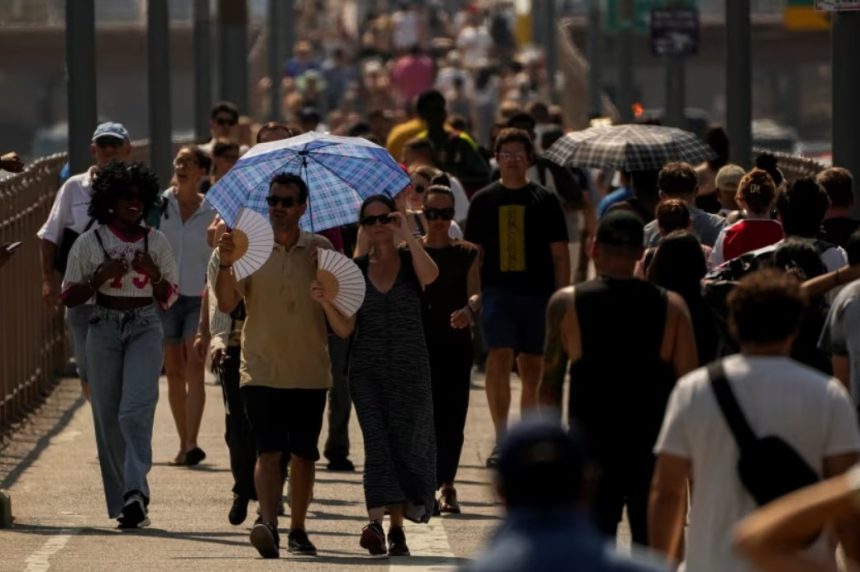Heatwave Grips UK as July Becomes One of the Hottest on Record
The UK has once again been caught in the grip of a heatwave, with July 2025 ranking among the hottest on record for all four nations.
Scotland experienced its sixth warmest July since records began, and it wasn’t alone, Northern Ireland matched that sixth place, while England recorded its seventh hottest, and Wales rounded things out with its tenth.
It’s official: the summer is sweltering. According to provisional data from the Met Office, July saw a mean temperature of 16.8°C. Not quite record-breaking, but enough to secure a place in the top five warmest Julys since temperature tracking began in 1884.
The high temperatures followed closely on the heels of June’s scorcher, England’s warmest June ever.
Two back-to-back heatwaves in early July pushed temperatures into uncomfortable territory. Faversham, Kent, recorded the UK’s hottest temperature of the year so far: a stifling 35.8°C. And it’s not just the heat. Rainfall has become just as erratic.
Overall, July brought 74.2mm of rain across the country, 90% of the long-term average. But this average masks sharp regional contrasts.
Kent was drenched, soaking up 86% more rain than usual. In contrast, Dorset had a dry spell, receiving just under half of what’s typically expected for July.
The first seven months of 2025 have been the driest start to a year since 1929, with just 450.5mm of rain falling on average across the UK.
England saw 331.9mm, just above 2022’s levels. Scotland’s tally was 612.1mm, its driest start since 2001. Wales recorded its lowest since 1984, and Northern Ireland saw its lowest since 2001.
The heat and lack of rain have had real-world consequences. Four areas, East Midlands, North West England, West Midlands, and Yorkshire, have already been declared in drought.
That’s pushed several water companies to act. Hosepipe bans were introduced in July by South East Water, Southern Water, Thames Water, and Yorkshire Water.
Met Office scientist Emily Carlisle commented: “It’s now the sixth consecutive month with above-average mean temperatures in the UK, with only January falling below average this year.
June was the second warmest on record, and every month since March has ranked among the top 10 for UK mean temperatures.
July also saw below-average rainfall, making it the sixth month this year with drier-than-average conditions across the UK.”
The overall pattern is clear. Spring was exceptionally dry, the second driest ever in England, and summer is continuing that trend.
By the end of July, the UK had received just 61% of its typical summer rainfall. Some parts of eastern Wales and eastern England fared even worse, with less than 40% of their usual summer downpour.
Met Office rainfall records stretch back to 1836. This year is fast becoming one of the most notable in recent history—not just for its heat, but for the strain it’s placing on water systems and agriculture.
The heatwave is no longer just a seasonal inconvenience. It’s becoming the new normal.






